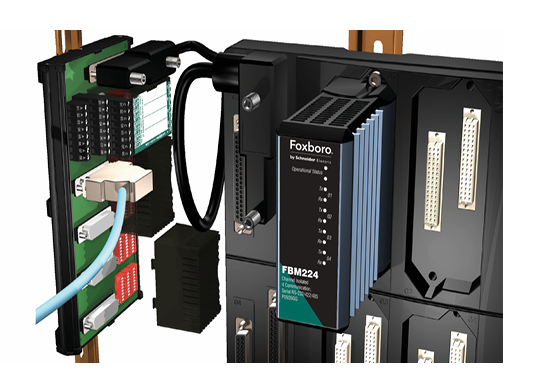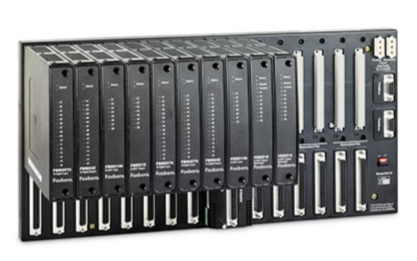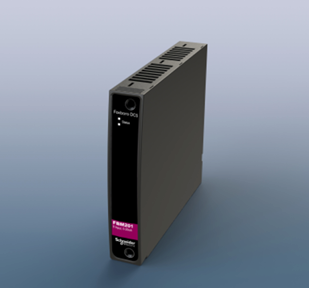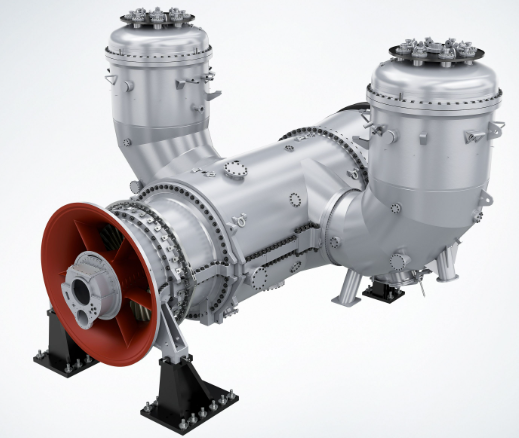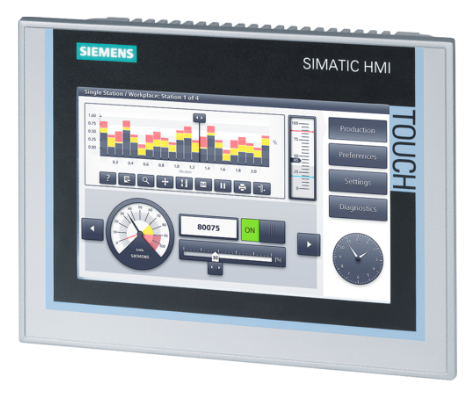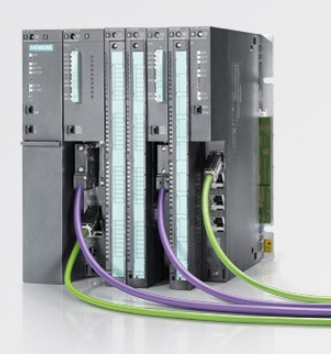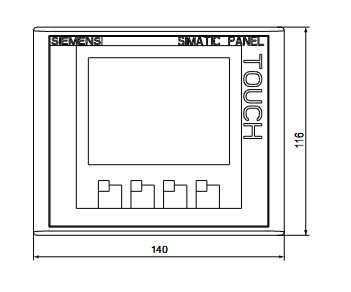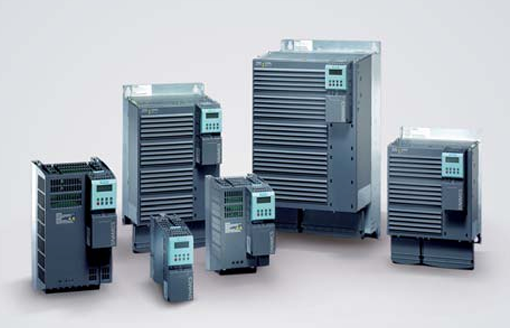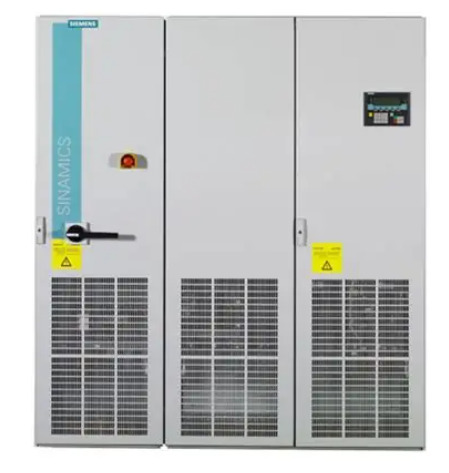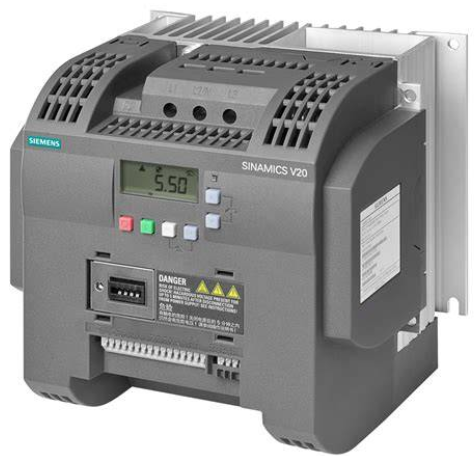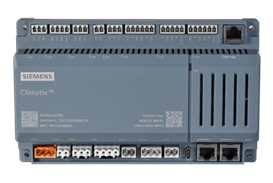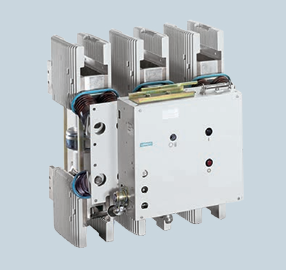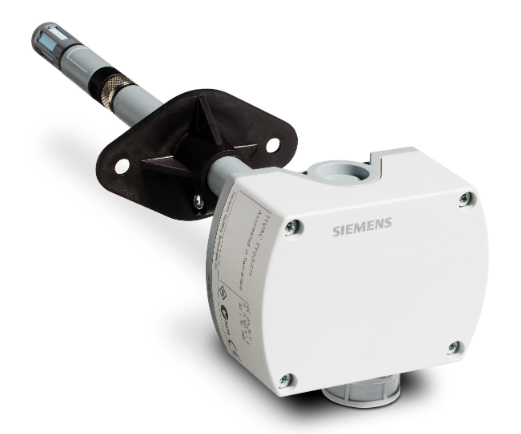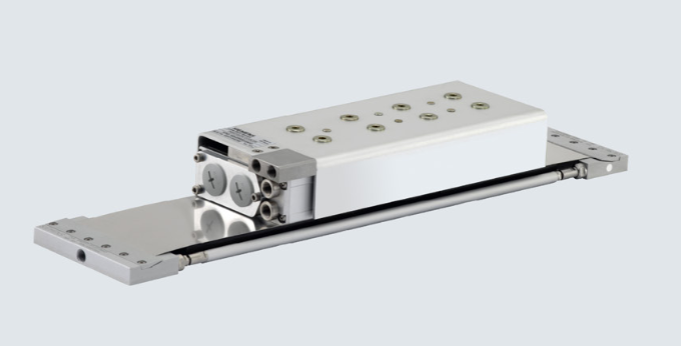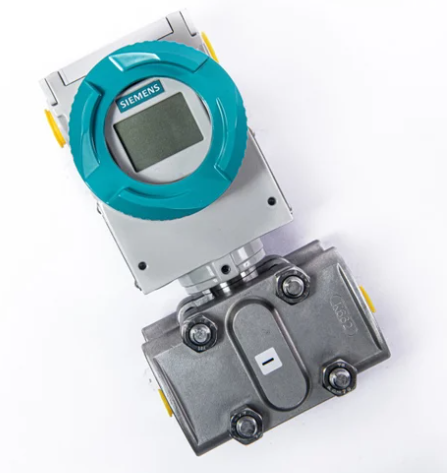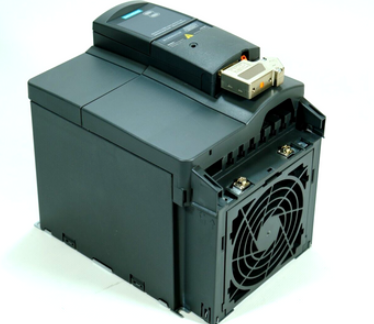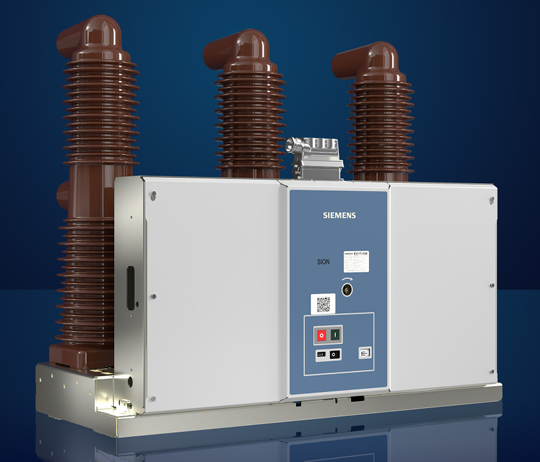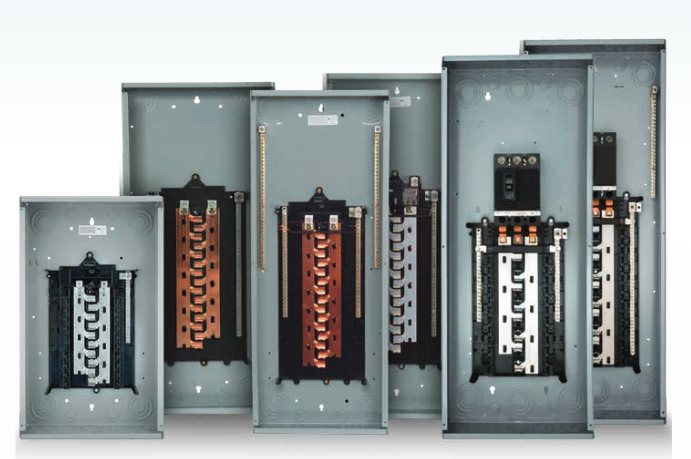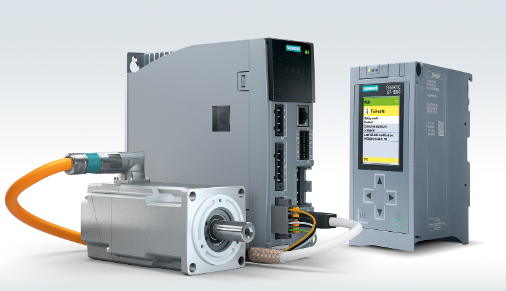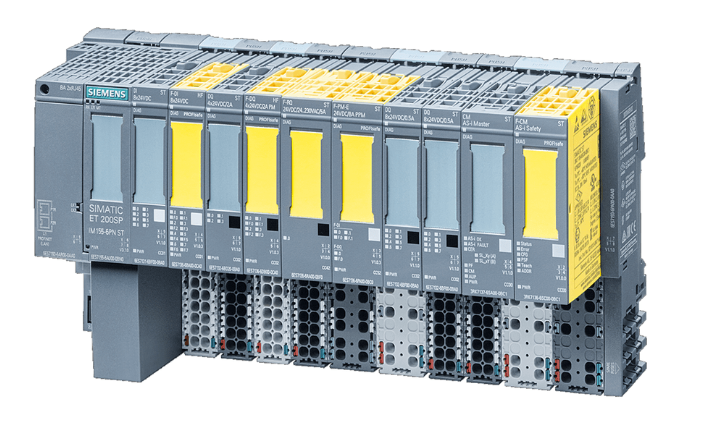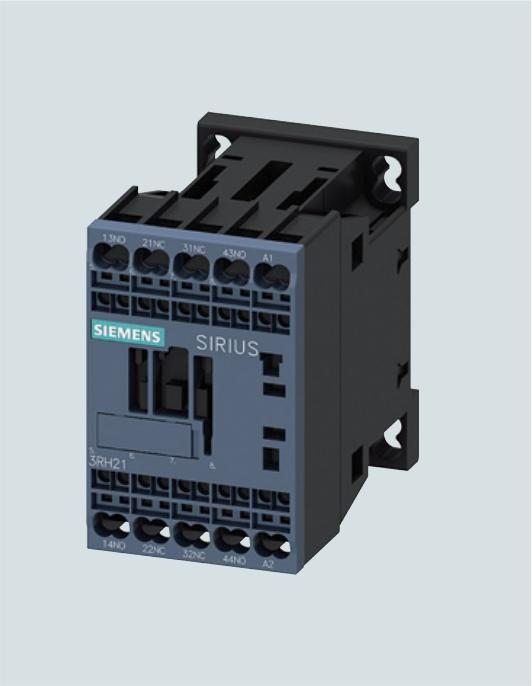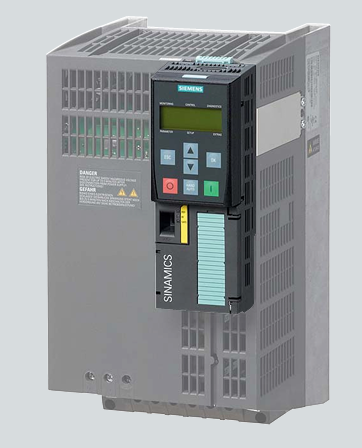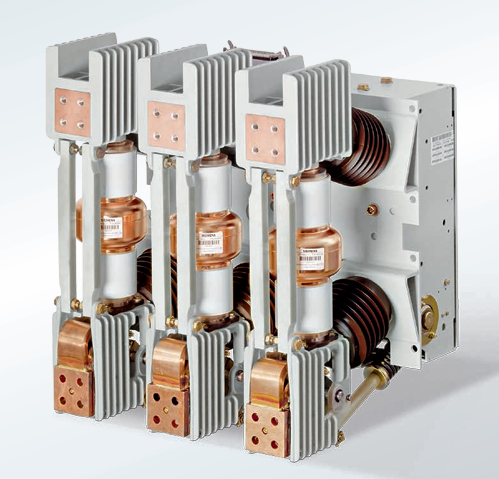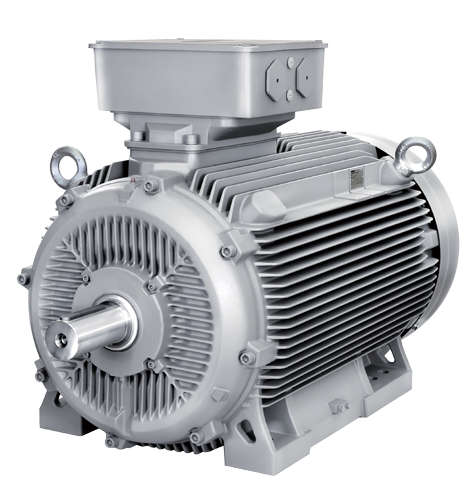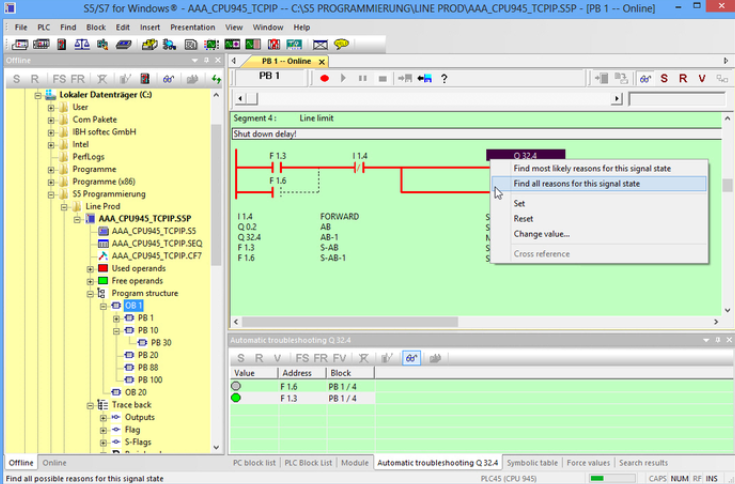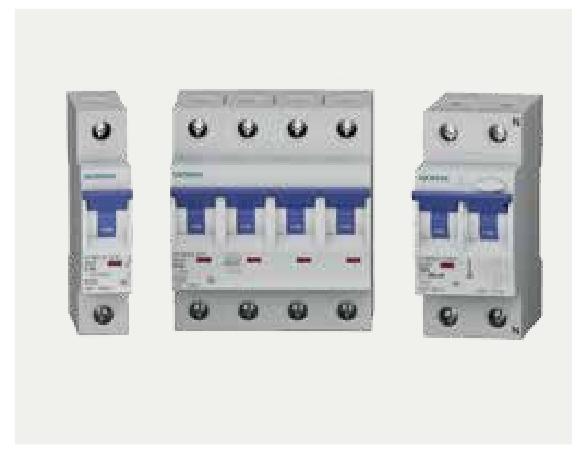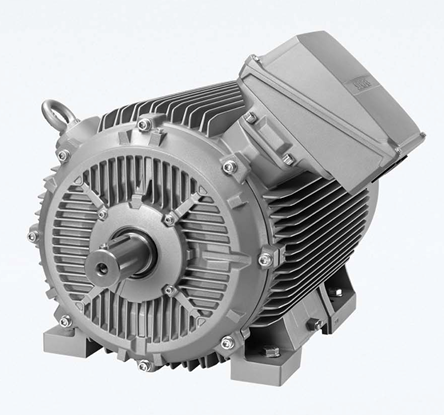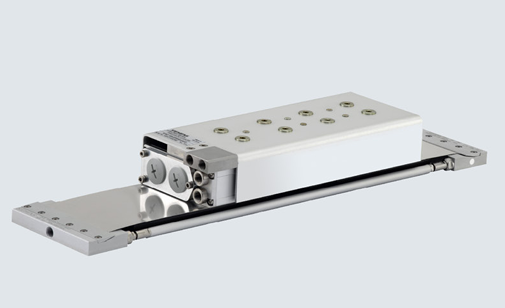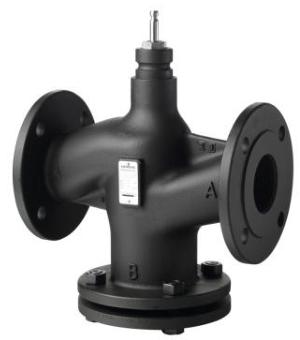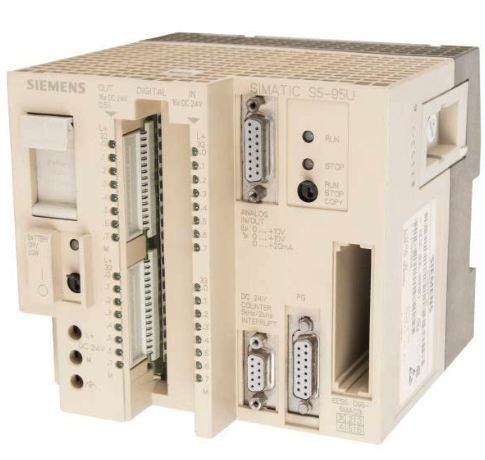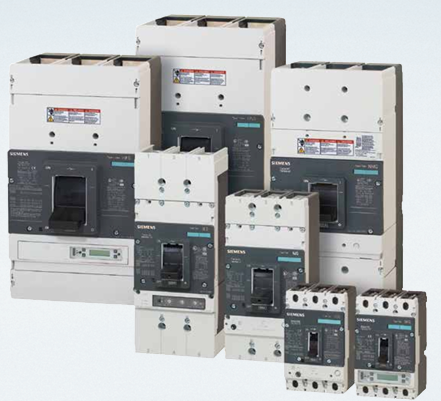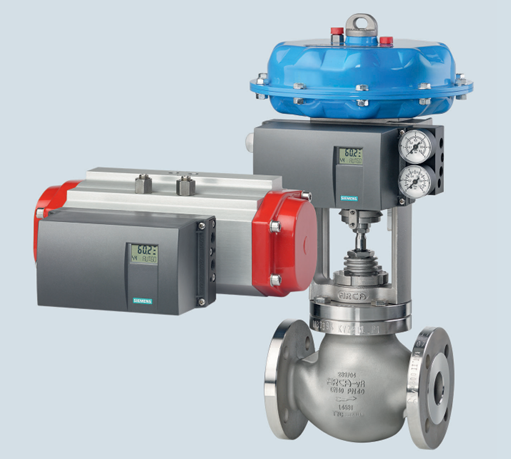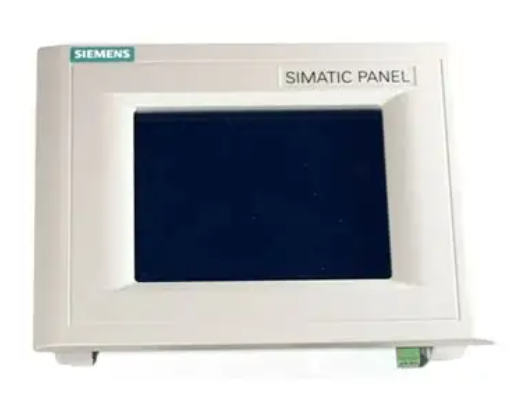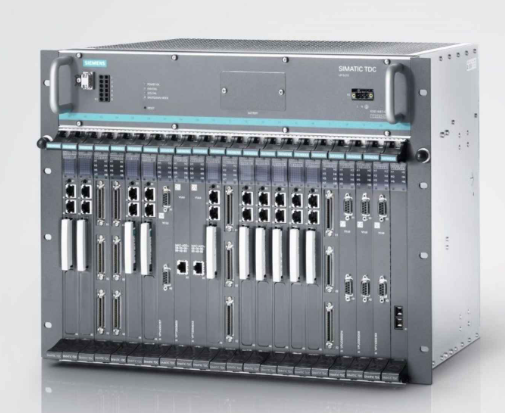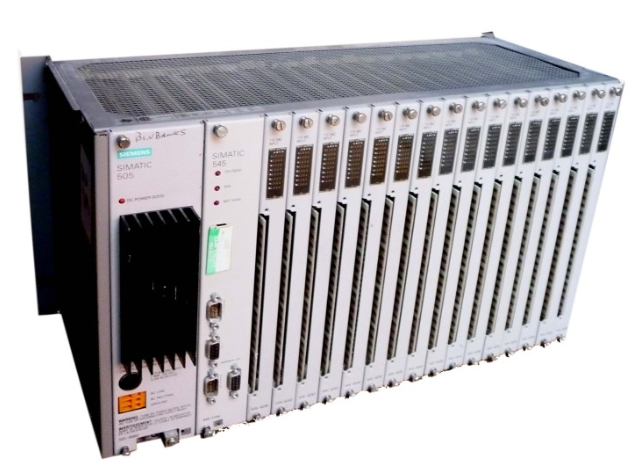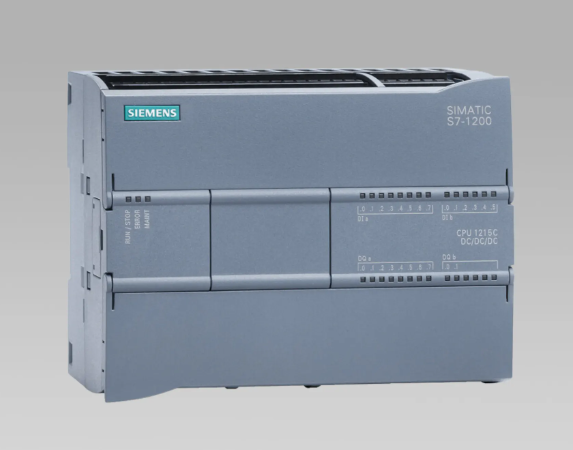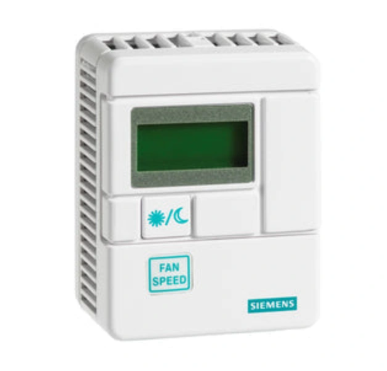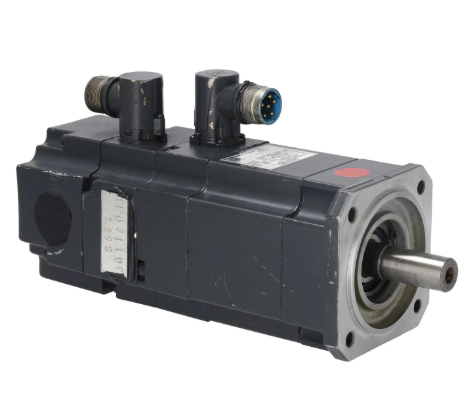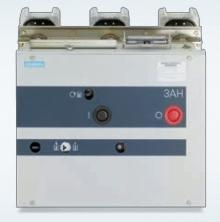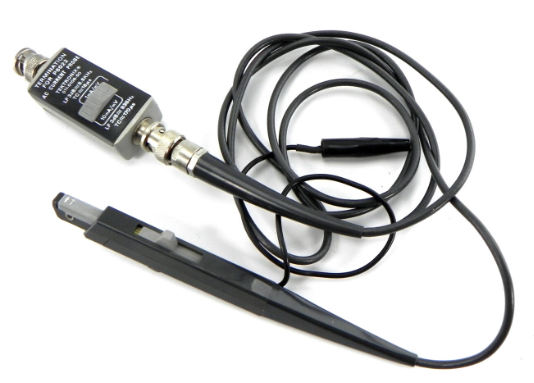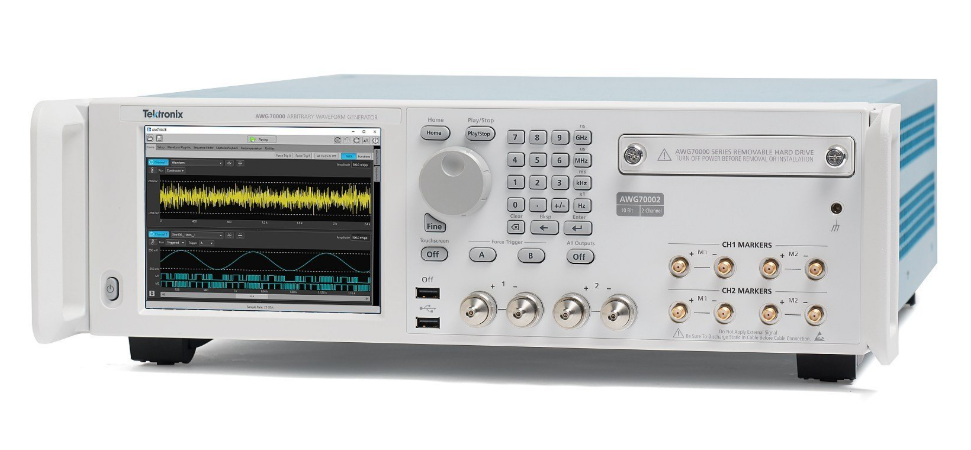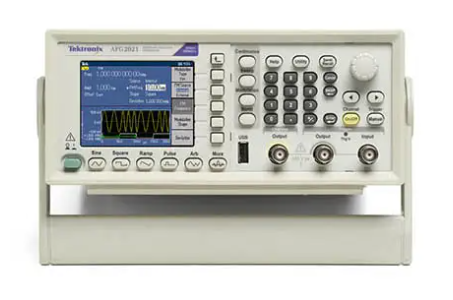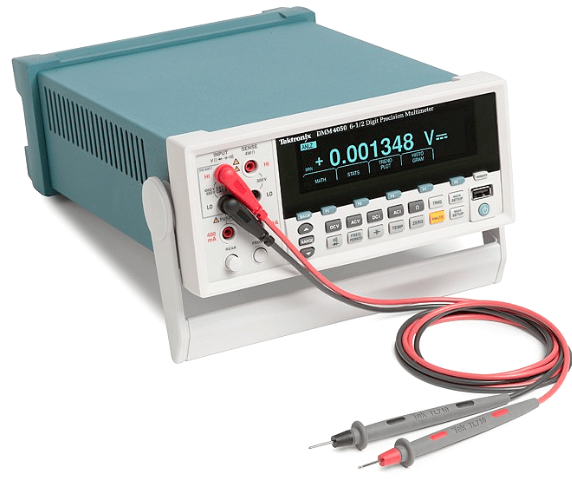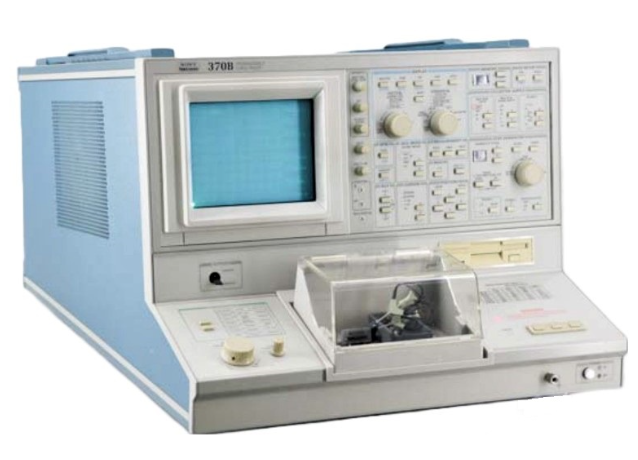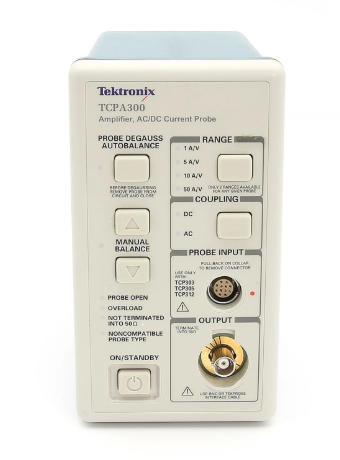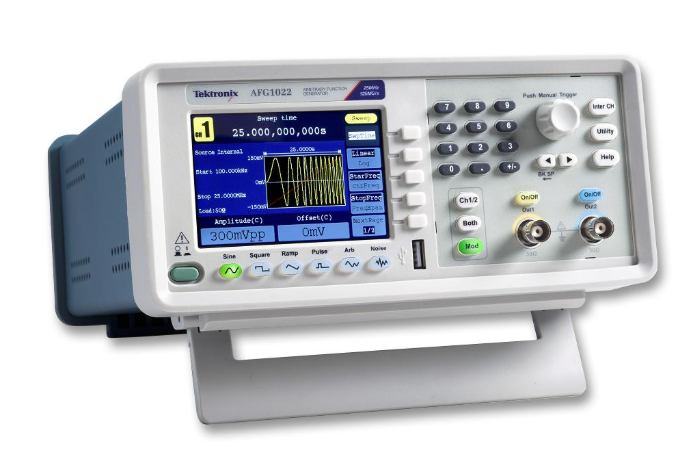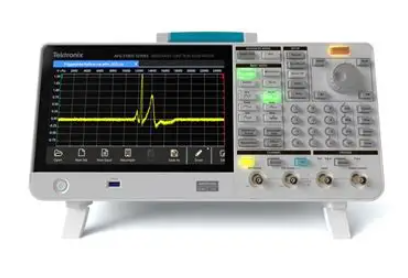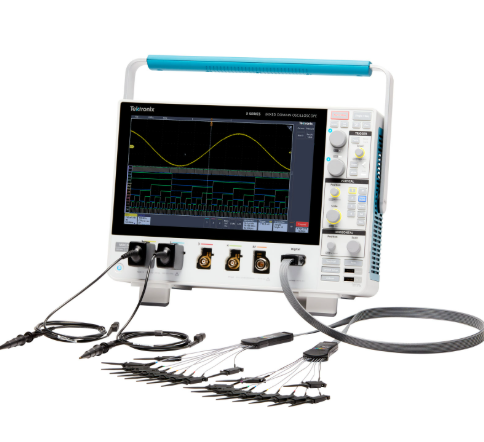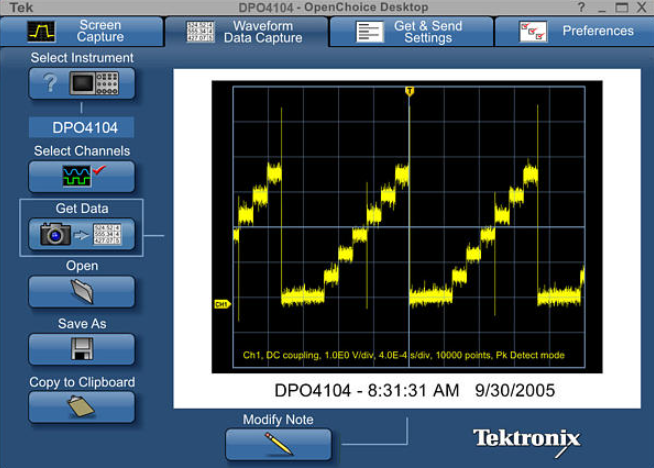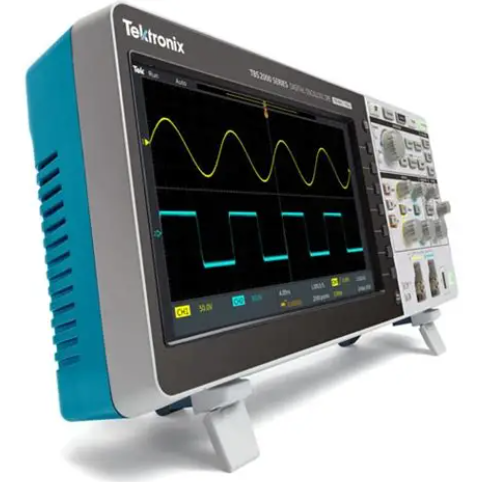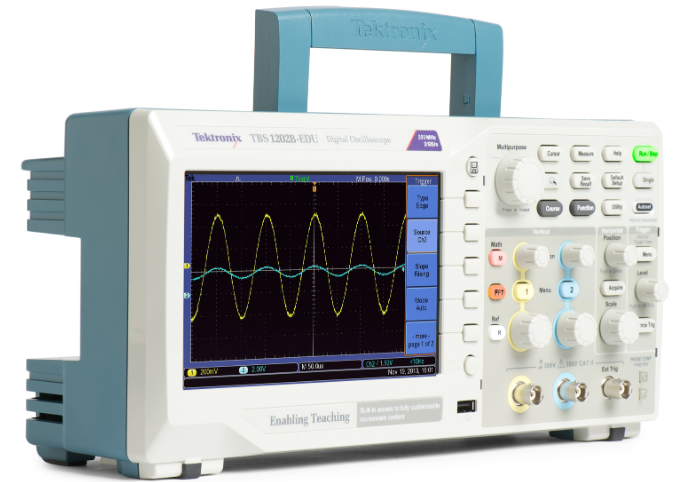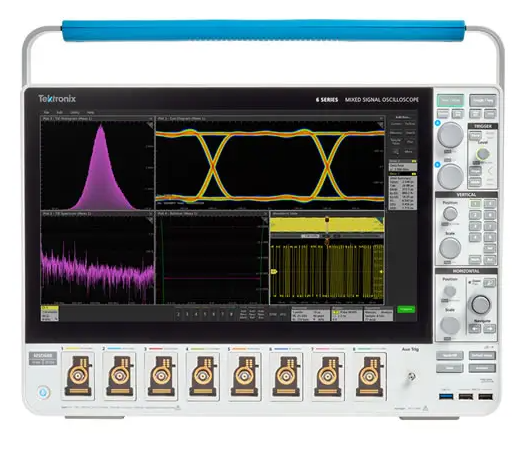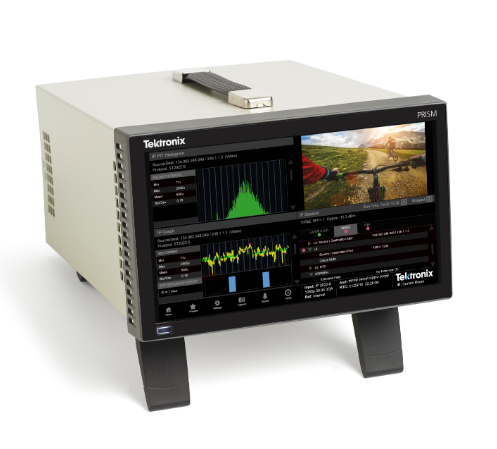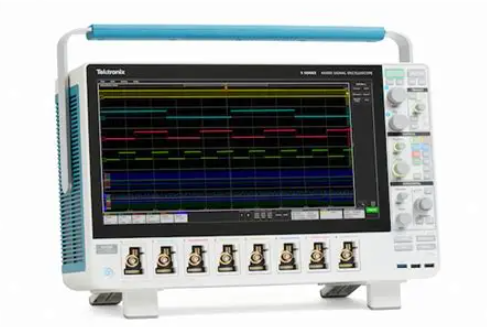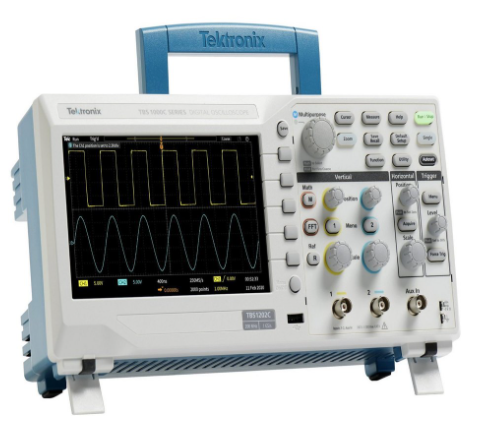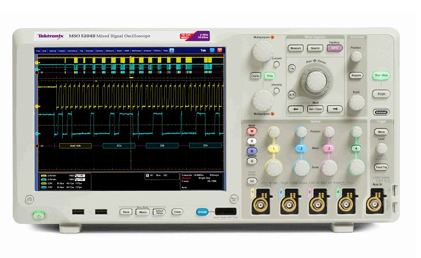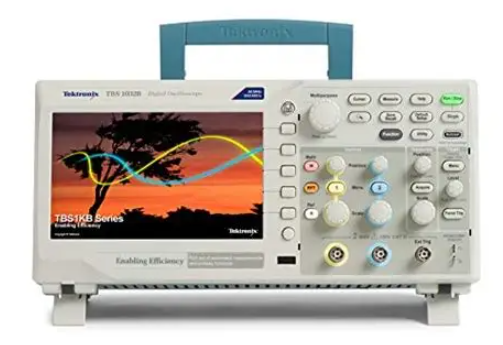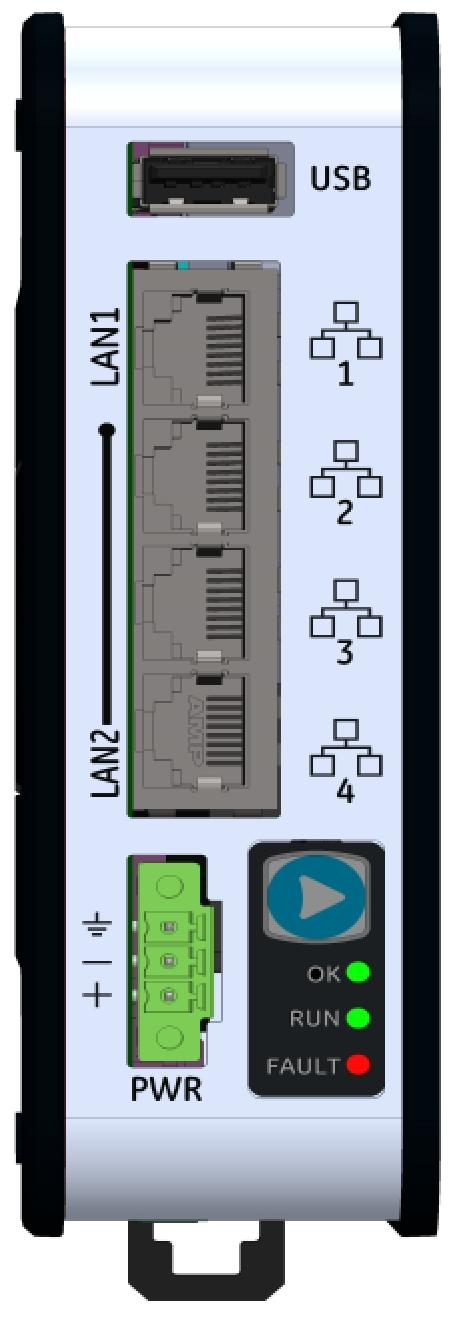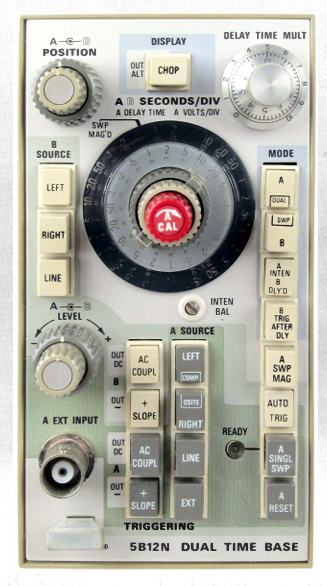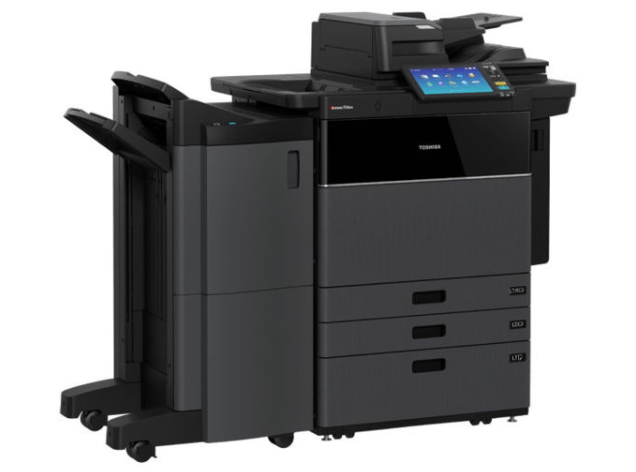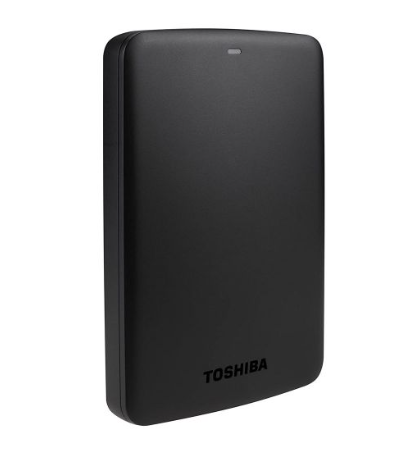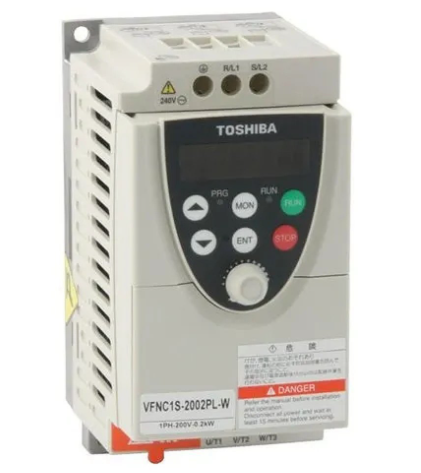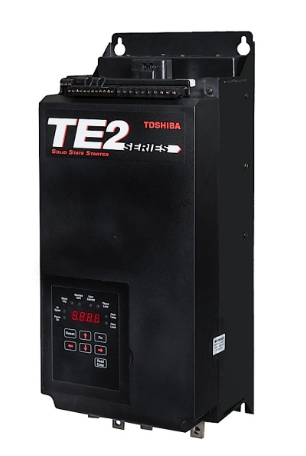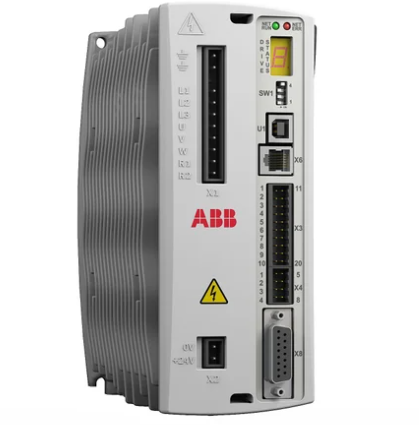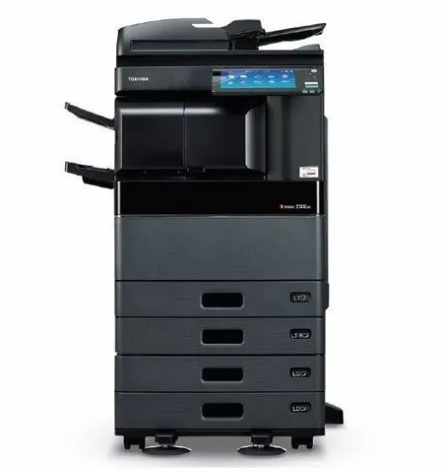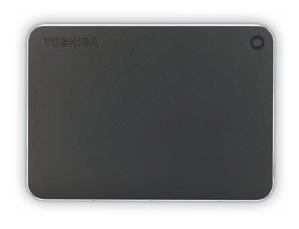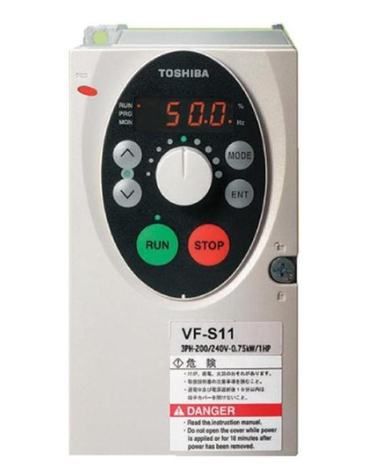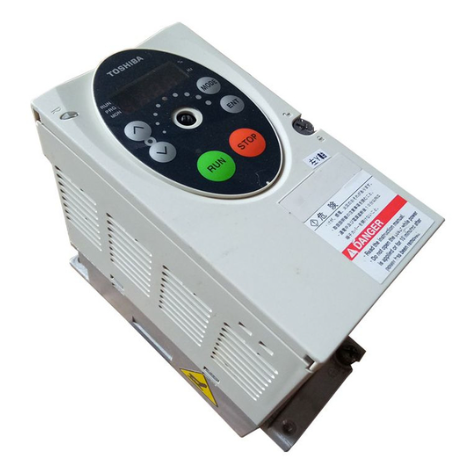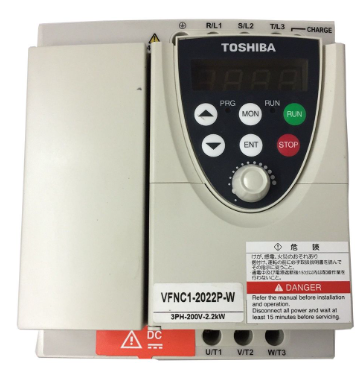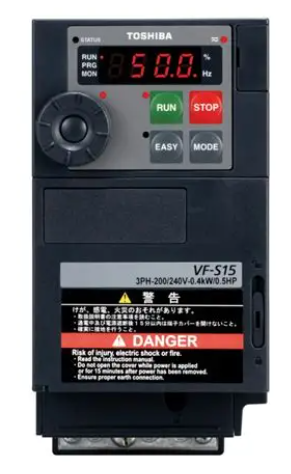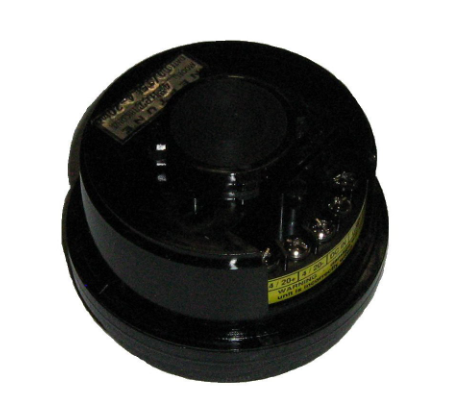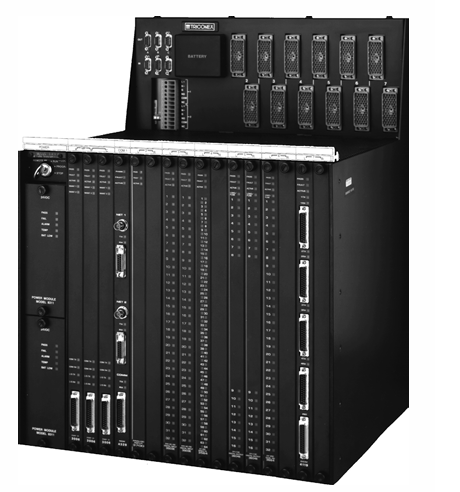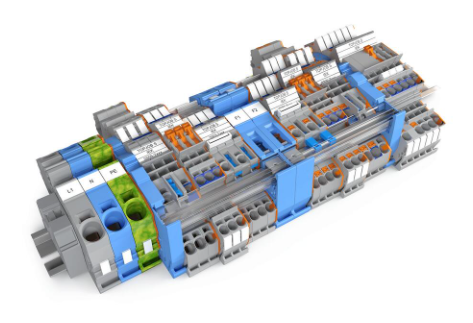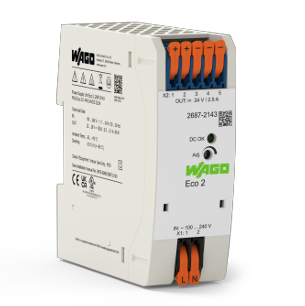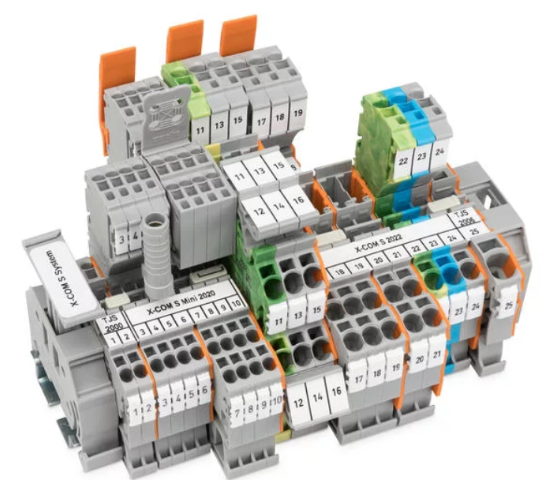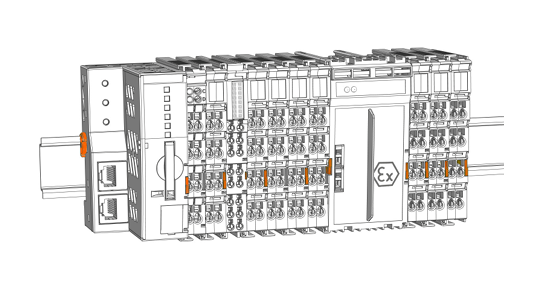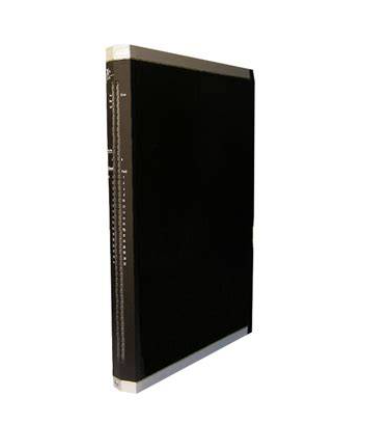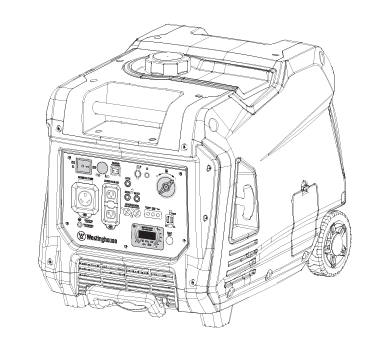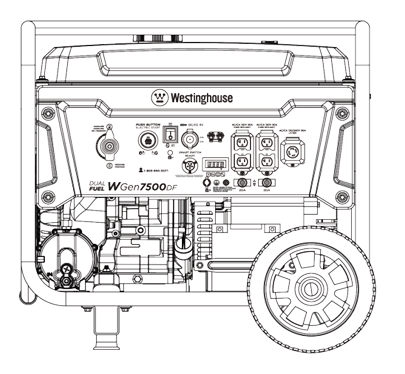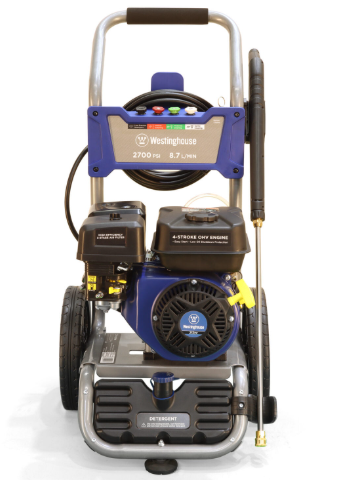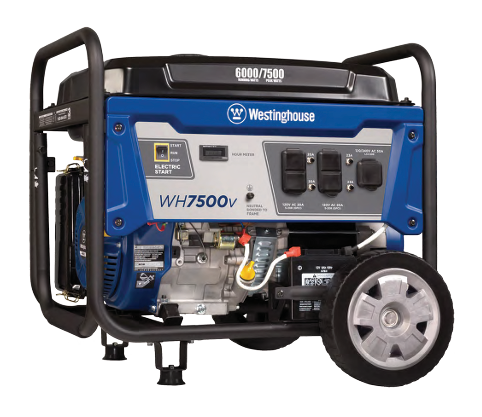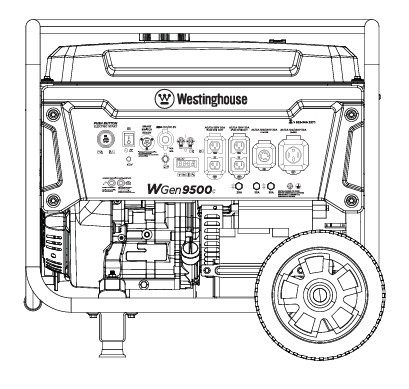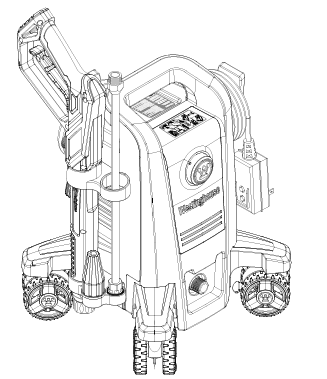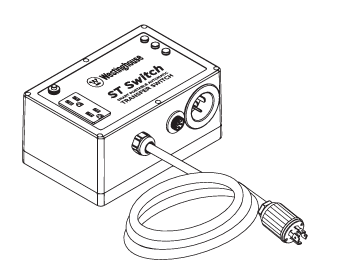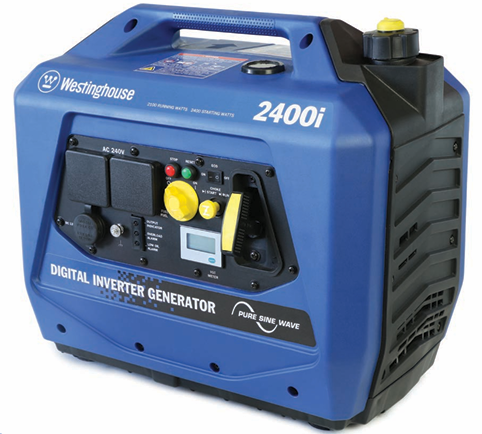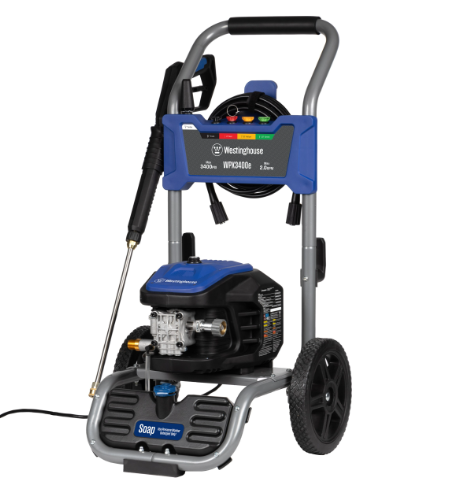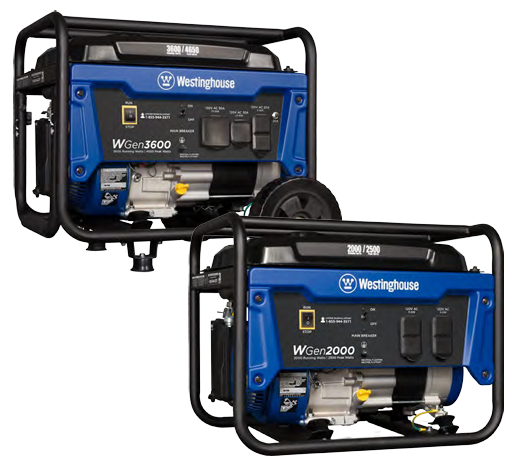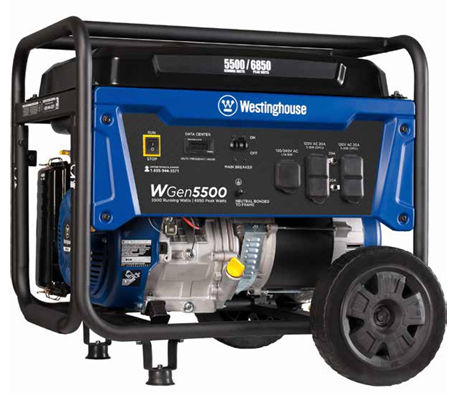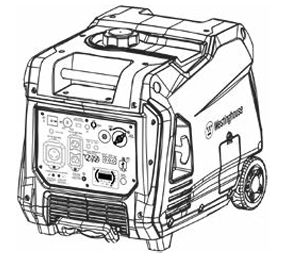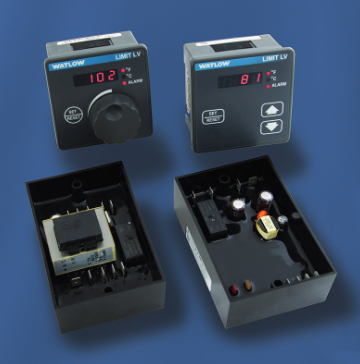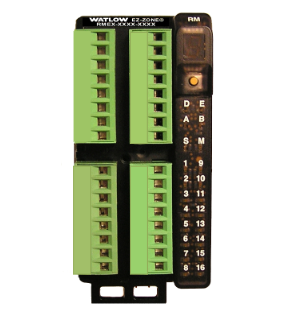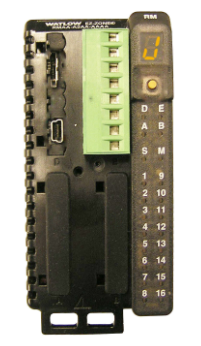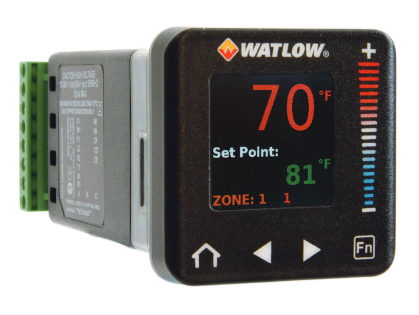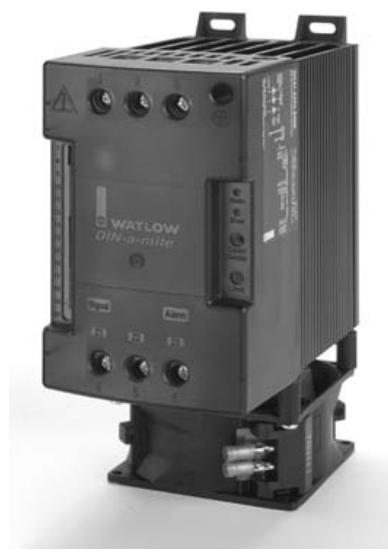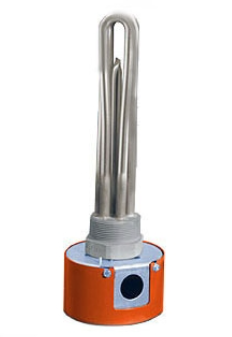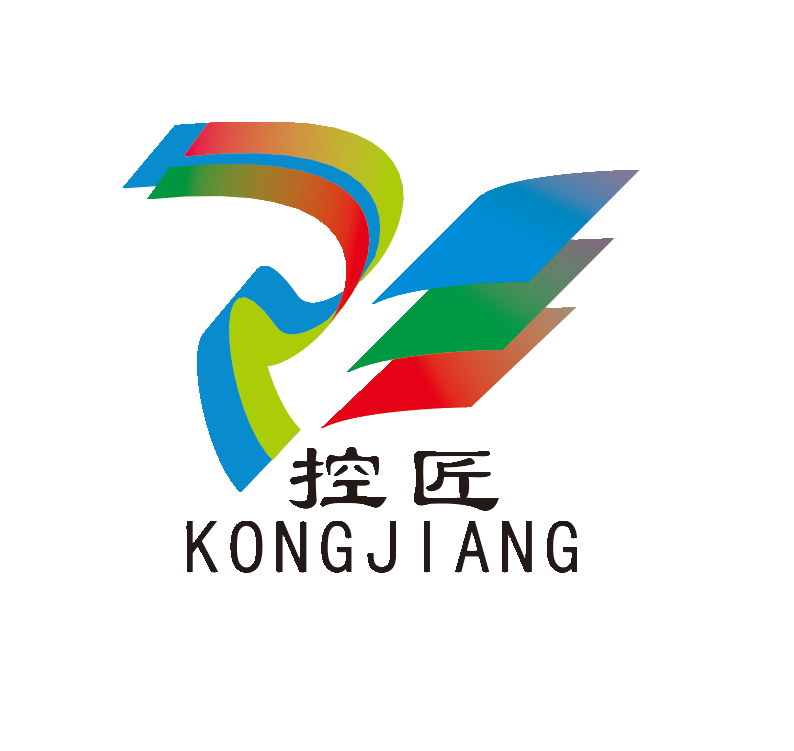

K-WANG


- Telephone:+86-15305925923
- contacts:Mr.Wang
- Email:wang@kongjiangauto.com
ABB Contronic Module PMM 25 H&B Contronic
Basic introduction
The ABB Contronic Module PMM 25 H&B Contronic is an important module developed by ABB for the H&B Contronic system. It plays a key role in the overall system architecture and may involve a variety of functions such as signal processing, control logic execution or data interaction.
Functional features
Signal processing and control functions
Signal Acquisition and Conversion: It is capable of acquiring various types of input signals, such as analog signals (e.g., voltage and current signals, representing physical quantities such as temperature, pressure, etc.) and digital signals (from sensors, switches, and other devices). And these signals can be converted, such as converting analog signals to digital signals so that the system can perform digital processing. This signal conversion process is often highly accurate, ensuring that the accuracy of the original signal is preserved. For example, a weak analog voltage signal from an industrial temperature sensor can be accurately converted by the PMM 25 module into a digital signal for reading and processing by the system controller.
Control signal outputs: Control signals can be output according to the control logic of the system. These signals can drive actuators, such as motors, valves and other devices, to achieve precise control of industrial processes. For example, when the system determines that the temperature of a chemical reactor needs to be adjusted, the PMM 25 module will output appropriate control signals to regulate the operation of the heating or cooling equipment, thus controlling the temperature inside the reactor.
Logic and Decision Making Capabilities
Built-in control logic: The module may have built-in control logic that performs logic operations based on input signals and preset rules. For example, it can make logical judgments based on signals from multiple sensors, such as “with”, “or”, “not” and other logical relationships. The device is allowed to start operation only when all safety sensors send normal signals (“with” logic), or the alarm mechanism is triggered when any of the faulty sensors sends a signal (“or” logic).
Adaptive control strategy (possible): In some advanced applications, the PMM 25 module may have an adaptive control strategy. It can dynamically adjust the control strategy based on the system's operating status and historical data. For example, in an automated production line, as product specifications change or equipment performance fluctuates, the module can automatically adjust control parameters such as motor speed or conveyor speed to ensure the stability and efficiency of the production process.
Data Interaction and Communication Functions
Communication with system devices: The module can communicate with other devices (e.g., other controllers, sensors, actuators, etc.) within the H&B Contronic system. It supports a variety of communication protocols, such as Industrial Ethernet, RS-485, etc., to ensure that data can be transferred smoothly within the system. Through this communication function, the module is able to obtain the status information of other devices in the system, and at the same time, it can also send its own status and processing results to other devices, realizing information sharing and collaborative work.
Data storage and backup (possible): some modules may have certain data storage functions for storing important data, such as the operating parameters of the equipment, fault records, historical control strategies and so on. And data backup can be carried out regularly to prevent data loss. These stored data can be used for subsequent system analysis, fault diagnosis and performance optimization.
Technical Parameters
Signal Interface Parameters
Input interface type and number: Usually there are several input interfaces, including analog input interface and digital input interface. Analog input interfaces may support different signal ranges, such as 0 - 10V, 4 - 20mA and other common industrial signal ranges, and the number may vary from a few to a dozen. Digital input interfaces can generally receive standard digital level signals, such as TTL or CMOS level signals, and the number may vary depending on the design of the specific module.
Types and number of output interfaces: Output interfaces also include analog and digital output interfaces. The analog outputs can output control voltage or current signals, e.g. 0 - 10V to control the speed of a motor. Digital output interfaces are used to control digital devices, e.g. to control the opening and closing of a relay by outputting a high or low level signal. The number of output interfaces generally matches the number of input interfaces to meet the control needs of the system.
Signal resolution (analog interfaces): For analog signal interfaces, there is a certain signal resolution. For example, the analog-to-digital conversion may have a resolution of 12 - 16 bits, which means that it is able to accurately convert an analog signal to 2^12 - 2^16 different digital levels, thus improving the accuracy of signal processing.
Communication Interface Parameters
Communication protocol support: A variety of industrial communication protocols are supported, such as Modbus - RTU (via RS-485 interface), Ethernet/IP (via Ethernet interface), etc. These protocols are widely used in industrial automation. These protocols are widely used in the field of industrial automation, which can ensure the compatibility and reliability of communication between the module and other devices.
Communication rate: Different communication interfaces have different communication rates. For example, the communication rate of RS-485 interface may be between 9600bps - 115200bps, while Ethernet interface can support 10Mbps - 1000Mbps or even higher communication rate according to the network configuration to meet different data transmission requirements.
Electrical Parameters
Operating Voltage and Power Consumption: The operating voltage is generally within a certain DC voltage range, such as 12V - 24V DC, which matches the power supply of most industrial control systems. Power consumption depends on the operating state of the module. During normal operation, the power consumption may range from a few watts to a dozen watts, while in standby mode the power consumption is lower, which helps to reduce the overall energy consumption of the system and reduces the possibility of equipment heating.
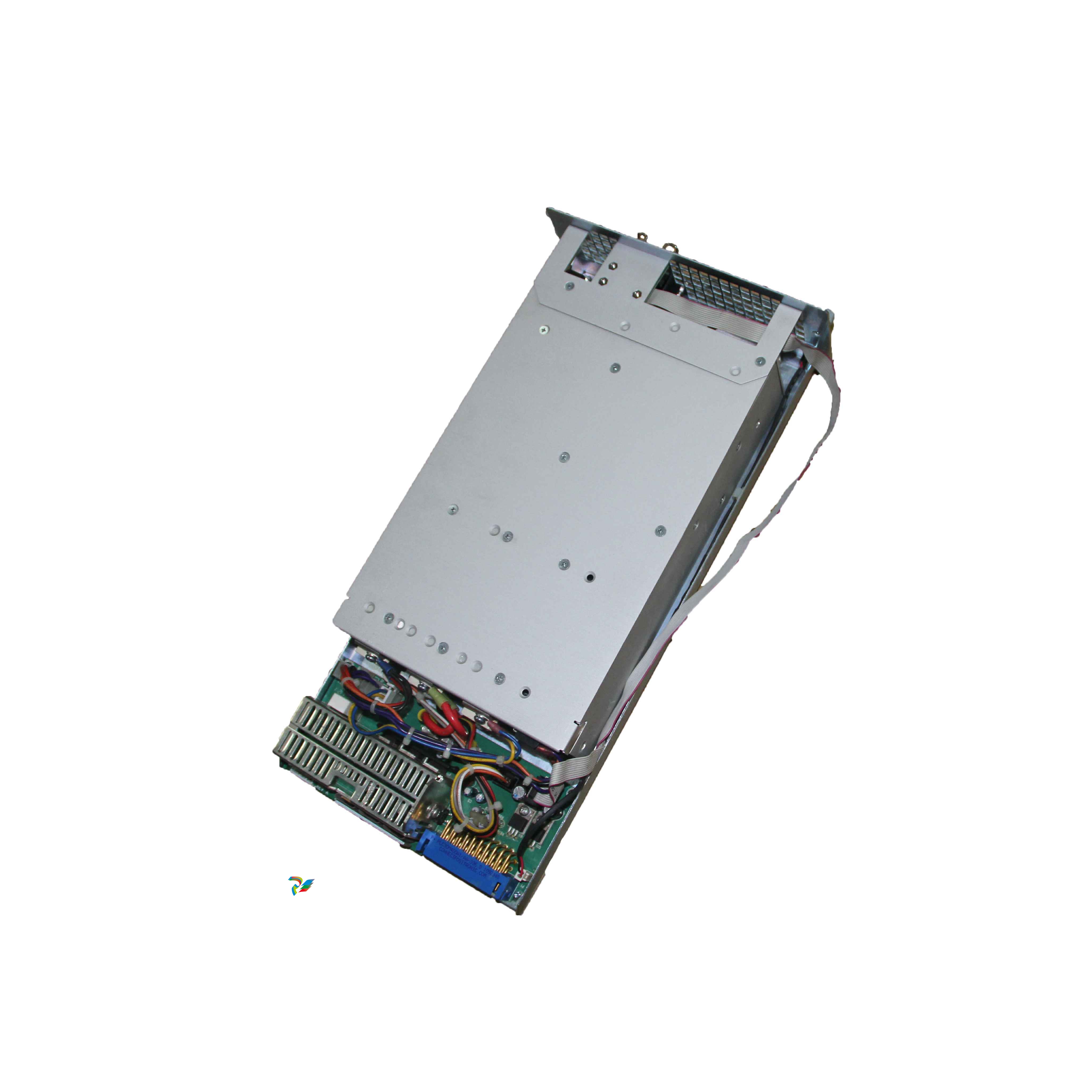
| User name | Member Level | Quantity | Specification | Purchase Date |
|---|






